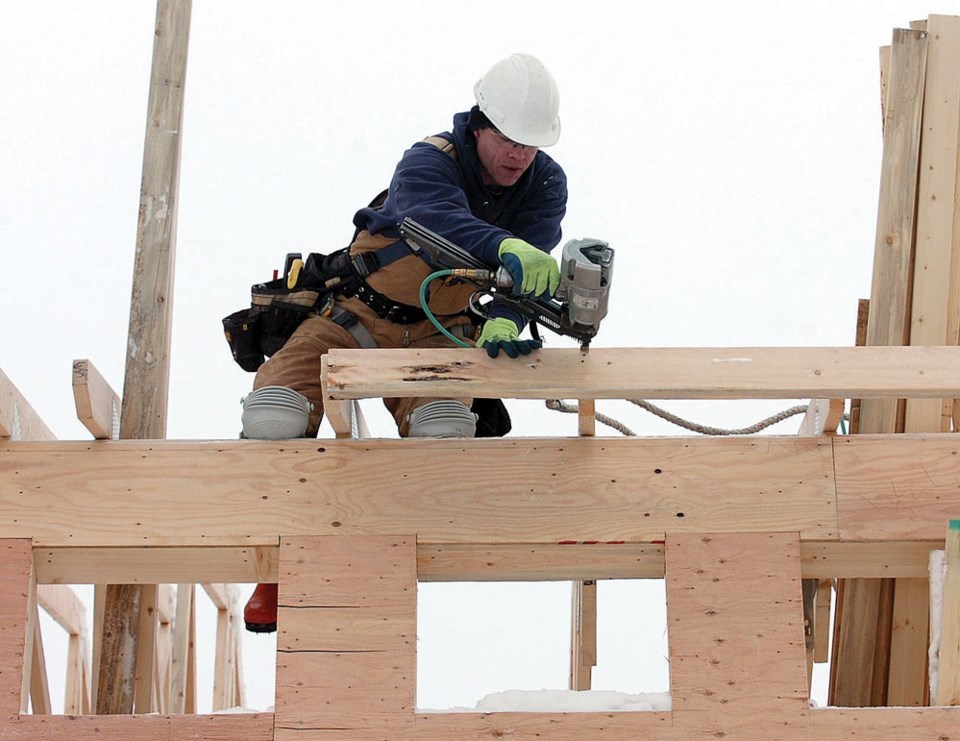Housing remains a focal issue for the public at large and, consequently, for governments at all levels.
I was discussing the issue with a friend and they pointed out that housing is intrinsically a “wicked problem." The solution is part of the problem.
Consider the scenario we have. If developers built enough houses to exceed the market demand, then the price of housing would decline and developers would not make any profit, which would disincentivize the construction of more housing, resulting in housing not keeping up with demand, resulting in developers building more housing, and so on.
This is by no means intended to diss developers. They have a right to a reasonable return on their investment. Particularly because they are not guaranteed a sale on a built unit unless it is a specific contract with a buyer.
And if they are not making enough money or even losing money on constructing a house, they will simply get out of the market, resulting in fewer houses being built.
The whole thing is a “wicked” cycle which is clearly out of balance. From a mathematical point of view, it is a feedback loop.
So, what then might be a solution?
There are several possibilities. One would be to go back to governments building houses as was done for the returning veterans after the Second World War.
Large tracts of land were set aside and houses built which essentially had the same floor plan. A “cookie cutter approach” to building modest houses (i.e. 1,000 or 1,500 square feet). There is a whole neighbourhood, with hundreds of such houses, on the east side of Vancouver.
Such an approach removes all consideration of making a profit from the equation and could, if done properly, be an excellent model for building a skilled workforce for the trades.
But in our modern economy, such a socialized project would be difficult to achieve.
Another solution would be to open up more land for development at little cost to the developer. Free land and infrastructure would eliminate a significant amount of the cost involved in putting together housing developments. (It would put the cost onto taxpayers, though).
But such an approach would necessitate that the saving accrued would be reflected in a significantly decreased selling price. If land is made freely ready for building houses, then the price should only reflect the cost of construction.
Another solution is densification. This is option that I saw in Hamilton, New Zealand, where every house in the neighbourhood where I lived shared their lot with a second house. Large backyards were converted to a second residence.
The infrastructure – roads, electricity, sewer, water – were already in place as they served the first house on the lot. The resulting drop in construction costs made the houses less expensive.
Of course, I am not a developer nor a builder nor a city planner of any kind.
There certainly are other considerations which I am sure need to be taken into account. But we do need to find some ways to address what is a “wicked problem.”
Housing shouldn’t be something out of reach for the next generation.
Todd Whitcombe is a chemistry professor at the University of Northern British Columbia.



